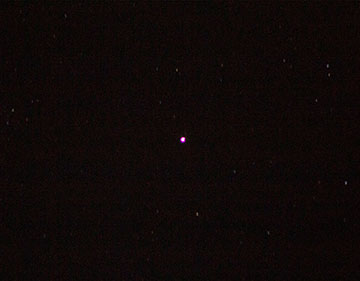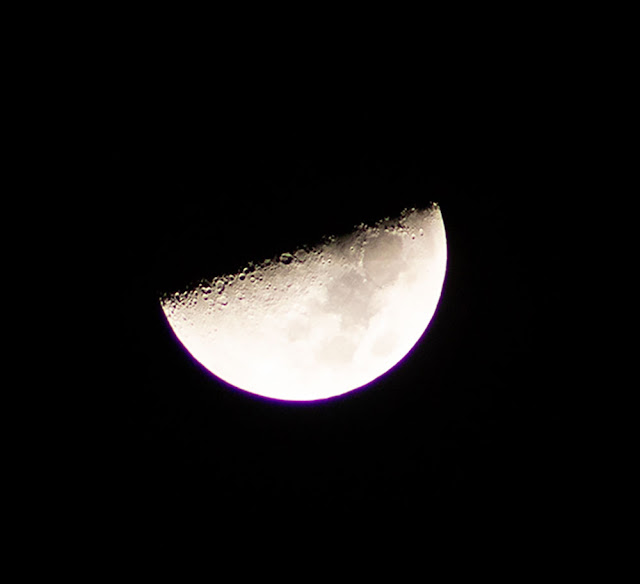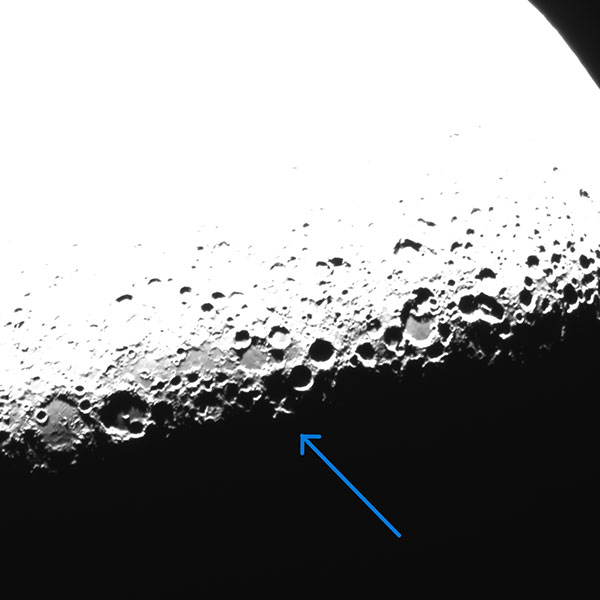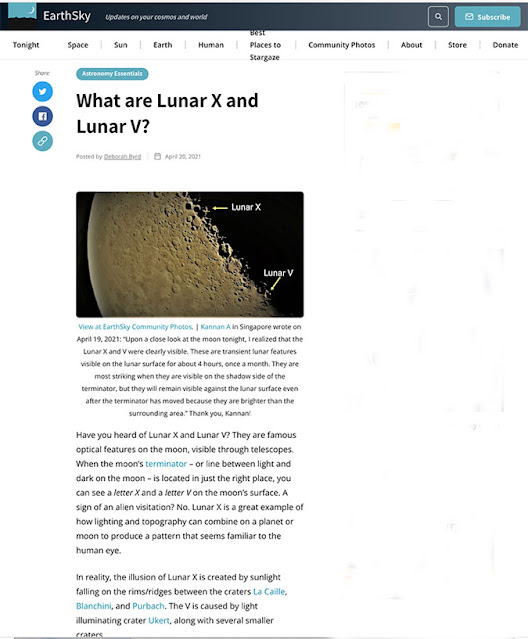Greetings from Palmia Observatory,
Well last evening we missed two of planets in alignment, but did go out to take a look at Mars.
Trying to capture Jupiter and Mercury was too difficult for this lazy astronomer wannabe due to their setting just a bit after the setting of the sun. We would have had to driven to a location with clear view down close to the horizon. Check out this simulated view from the Popular Science article at popsci.com.
 |
| Viewing possible for Jupiter and Mercury just after sundown (Source: popsci.com) |
If you want our previous attempt to see the other two planets, Venus and Uranus, check out our previous blog post of March 28, 2023. But, now we did go out with flimsy tripod and DSLR and took a look at Mars, which was high in the sky. This image is with DSLR, 300mm and 1 second exposure. This longer than needed exposure made possible the identification of some background stars for astrometry purposes.
 |
| View of Mars in this DSLR, 300mm, 1 second exposure (Source: Palmia Observatory) |
At the same time it was convenient to use the Moon to focus the camera. This image is again DSLR, 300mm, 1/250 second exposure.
 |
| Moon image taken with DSLR, 300mm, 1/250 second (Source: Palmia Observatory) |
Now just a short time after coming back inside the observatory we received an email for a local OCA Ron, who took a photo of the Moon and wondered if by chance he had captured also the "famous" Lunar X?
Check out OCA Ron's image below.
_________________________________________________________________________________
 |
| The "famous" Lunar X (Source: OCA Ron) |
When I received this email, I wondered what is the "Lunar X" and was it possible that I had captured the same feature in my lunar image.
Hey, sure enough, just take a look at the previous lunar image in a larger cropped view of the lunar terminator and yep, there does indeed appear to be an "X" as shown by the white line.
 |
| Lunar X shows up in this enlarged image of the moon (Source: Palmia Observatory) |
So what is this "Lunar X?" A quick internet search shows this article on EarthSky.org, which explains that the X is an optical illusion by sunlight falling on the rims/ridges between the lunar craters. Pretty neat, had not heard about Lunar X before. Thanks to OCA Ron for bringing the effect to our attention.
 |
| What are Lunar X and Lunar Y (Source: EarthSky.org) |
Until next time,

No comments:
Post a Comment